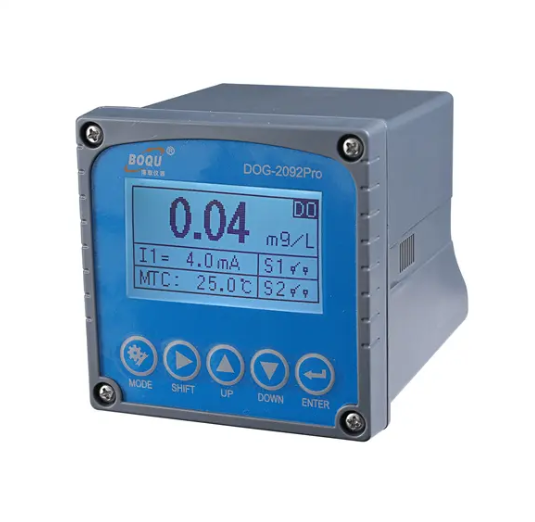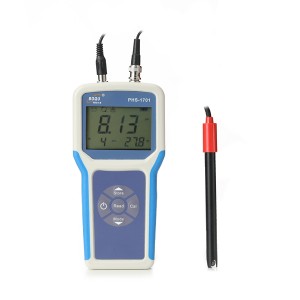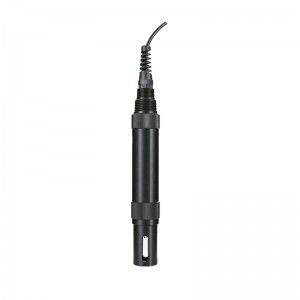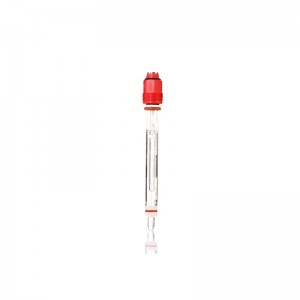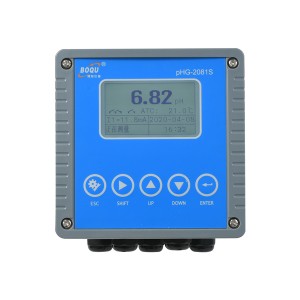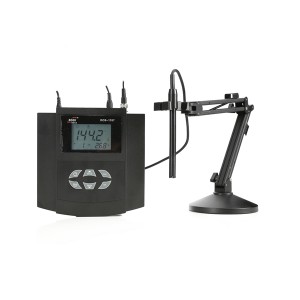Fish kills are devastating events that occur when dissolved oxygen (DO) levels in water bodies drop to dangerously low levels, leading to mass die-offs of fish and other aquatic life. These incidents can have severe ecological and economic consequences.
Fortunately, advanced technology, such as DO meters, can play a crucial role in preventing fish kills by providing early detection of low oxygen levels.
In this blog, we will explore the significance of DO meters, their working principles, and how they aid in safeguarding aquatic ecosystems from potential disasters.
Understanding the Importance of Dissolved Oxygen:
- The Role of Dissolved Oxygen in Aquatic Ecosystems
Dissolved oxygen is a critical parameter for the survival of aquatic organisms, especially fish. It is essential for respiration, growth, and overall health.
Oxygen dissolves in water through various natural processes, primarily from the atmosphere and photosynthesis by aquatic plants.
Understanding the significance of dissolved oxygen in maintaining the delicate balance of aquatic ecosystems is crucial to appreciate the role of DO meters in preventing fish kills.
- Factors Affecting Dissolved Oxygen Levels
Various factors can influence the amount of dissolved oxygen in water bodies. Temperature, salinity, atmospheric pressure, and the presence of pollutants are among the key variables impacting DO levels.
Human activities, such as excessive nutrient runoff and wastewater discharge, can also lead to oxygen depletion. It’s crucial to monitor these factors to predict and prevent fish kill incidents effectively.
Introducing DO Meters:
What is a DO Meter?
A DO meter, also known as a dissolved oxygen meter or probe, is a handheld or stationary device designed to measure the concentration of dissolved oxygen in water.
These meters utilize advanced sensors and probes to provide accurate and real-time data on DO levels. With continuous monitoring capabilities, the DO meters offer valuable insights into the health of aquatic environments.
How DO Meters Work?
The DO meters employ various measurement techniques to determine dissolved oxygen levels. The most common methods include polarography, optical luminescence, and amperometric sensors.
Each method has its advantages and is suitable for different environments. Understanding how these DO meters function is essential in selecting the right instrument for specific applications.
Preventing Fish Kills with Early Detection Using DO Meters:
A DO meter is a valuable tool for monitoring dissolved oxygen levels and preventing fish kills. The devices are small and portable, making them easy to use in any setting. Purchasing one of these instruments can help you identify problems before they become too severe.
a. Monitoring Oxygen Levels in Aquaculture
Aquaculture facilities, such as fish farms, are particularly vulnerable to fish kills due to the high density of fish in confined spaces. Continuous monitoring of dissolved oxygen using DO meters is crucial in such setups.
By receiving real-time data, fish farmers can take immediate corrective actions, such as aerating the water or adjusting stocking densities, to prevent potential disasters.
b. Protecting Natural Water Bodies
Natural water bodies, including lakes, rivers, and ponds, are also at risk of experiencing fish kills, especially during warm weather or when polluted by excessive nutrients.
Regular monitoring with DO meters can help environmental agencies and researchers identify early signs of oxygen depletion and address the root causes, such as nutrient runoff or industrial pollution.
c. Integration with Water Quality Management Systems
DO meters can be integrated into comprehensive water quality management systems. These systems collect data from multiple sensors, including those for temperature, pH, and turbidity, to assess the overall health of aquatic ecosystems.
By incorporating DO meters into such systems, authorities can make well-informed decisions to prevent fish kills and promote sustainable water management practices.
BOQU’s DO Meters: A Choice Recommended By More People
When it comes to reliable and accurate online dissolved oxygen monitoring, BOQU’s New Online Dissolved Oxygen Meter stands out as a top-notch solution. Widely recognized and recommended by professionals in various industries, this advanced DO meter offers unparalleled performance and versatility.
A. Robust Design: Unwavering Performance:
BOQU’s commitment to quality is evident in the design of their DO meter. Featuring an IP65 protection grade, this device is well-suited for both indoor and outdoor installations, offering reliable operation in harsh environmental conditions. From scorching summers to torrential rains, the BOQU DO meter remains steadfast in providing accurate and consistent dissolved oxygen measurements.
B. User-Friendly Interface: Easy Operation:
The DO meter’s user-friendly interface simplifies operation and data analysis. With an intuitive display and easy-to-navigate menu, users can quickly access vital dissolved oxygen and temperature readings. Additionally, the meter’s compatibility with multiple communication protocols allows seamless integration into existing monitoring systems, streamlining data management and analysis processes.
C. Sensor Accuracy and Longevity:
With ongoing research and development, DO meter manufacturers have improved the accuracy and longevity of the sensors used in these devices. High-quality sensors can provide more precise and reliable measurements, ensuring that potential oxygen depletion issues are detected promptly. Additionally, increased sensor longevity reduces the need for frequent replacements, making DO meters more cost-effective and sustainable.
Best Practices for Using DO Meters:
DO meters are a valuable tool for water quality management, but they must be used correctly to provide accurate and reliable data. It is also important to ensure that there is no interference from other factors such as sunlight or wind.
Calibration and Maintenance
To ensure accurate readings, DO meters require regular calibration and maintenance. Calibration involves setting the meter’s baseline using a known standard solution, while maintenance includes proper cleaning and storage.
Adhering to these best practices guarantees reliable and consistent data for effective early detection of potential fish kills.
Training and Education
Proper training for personnel responsible for operating DO meters is crucial. Knowing how to use the equipment correctly, interpret data, and respond to critical situations is essential in maximizing the benefits of DO meters.
Furthermore, educating the public about the importance of dissolved oxygen in aquatic ecosystems can foster a sense of responsibility toward environmental conservation.
Final words:
In conclusion, preventing fish kills is of utmost importance to maintain the delicate balance of aquatic ecosystems. A DO meters offer a powerful solution for the early detection of low oxygen levels, enabling timely intervention and protection of fish and other aquatic life.
By understanding the significance of dissolved oxygen, embracing DO meter technology, and implementing best practices, we can work together to safeguard our water bodies and ensure a sustainable future for generations to come.
Post time: Jul-13-2023


